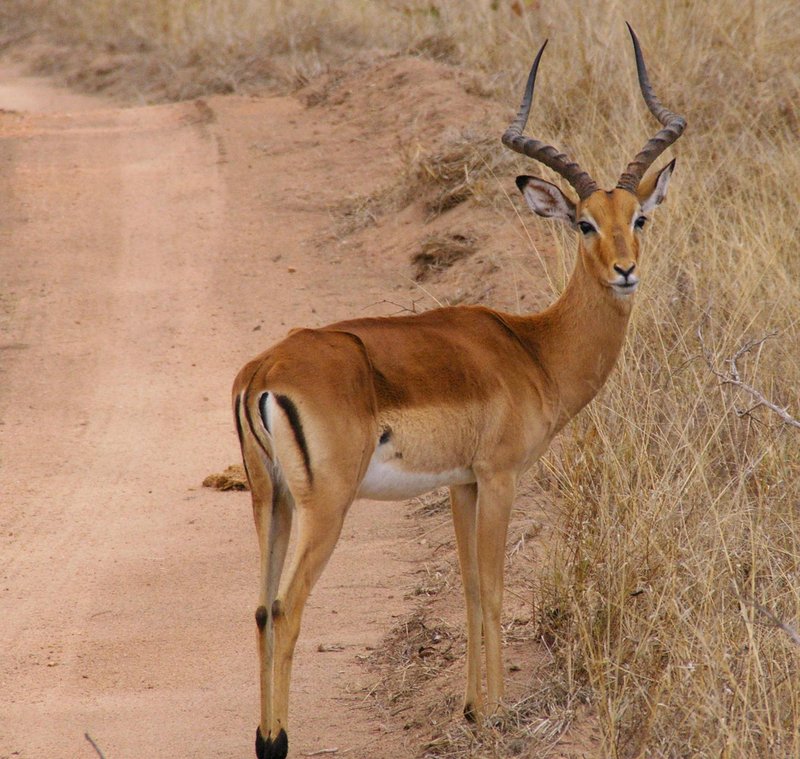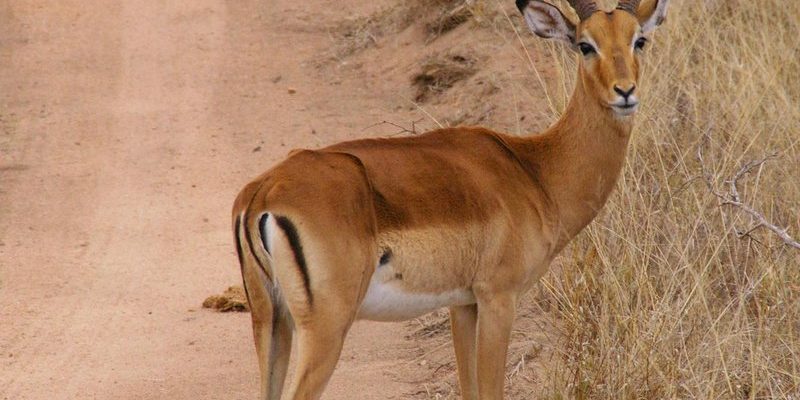
Imagine you’re on a safari, and suddenly, you spot a herd of impalas grazing peacefully. It’s like watching a scene from a nature documentary come to life. But before diving into that magical moment, it’s essential to know the best practices for appreciating these animals safely. Let’s dive deeper into how to handle an impala encounter, so you can enjoy the moment without any worries.
Understanding Impalas: Their Behavior and Habitat
Before you even think about how to act during an encounter, it’s useful to understand what impalas are like. Impalas are medium-sized antelopes found in eastern and southern Africa, primarily in savanna grasslands and woodlands. They thrive in these environments, using their speed and agility to evade predators. The impala’s impressive leap can reach up to ten feet high and thirty feet long! This remarkable ability isn’t just for show; it’s a crucial survival tactic.
You might be wondering how impalas behave in the wild. These social animals live in groups called herds, which can include dozens, or even hundreds, of individuals. They communicate through a variety of sounds and body language, often displaying their agility during play or to warn others of danger. When you encounter an impala, you’re not just seeing an animal; you’re witnessing the dynamics of a community and the intricate dance of survival in the wild.
Stay Calm and Observant
When you first encounter an impala, the most important thing is to remain calm. Animals can sense fear and excitement, which might trigger a response from them, whether it’s curiosity or flight. Take a moment to observe the impala and its surroundings. Look at how it moves, how it interacts with other herd members, and what the overall environment looks like.
If you’re on a safari, your guide will likely have experience dealing with wildlife. Trust their judgment and stay with the group. It’s always better to enjoy the experience together rather than wandering off alone and potentially startling the animals. Remember, observing nature is about patience, so take your time and enjoy these beautiful creatures in their natural setting.
Keep Your Distance
While it might be tempting to get closer for an epic photo, keeping a safe distance from the impala is crucial. Wildlife, including impalas, can react unpredictably if they feel threatened. Ideally, maintain at least a 30-foot distance. Not only does this ensure your safety, but it also allows the impala to remain comfortable and undisturbed.
Use binoculars or a zoom lens to capture those stunning close-up shots without invading their space. Remember, you’re a guest in their world. Respecting their boundaries is key to fostering a safe and enjoyable nature experience for everyone involved.
Observe Body Language
Impalas, like many animals, communicate through body language. Here are some signals to look for:
- Ears Forward: This usually indicates curiosity or interest.
- Flicking Tails: A sign of annoyance or agitation.
- Running Away: This clearly shows they feel threatened.
Taking the time to observe these behaviors adds depth to your understanding of impalas and enhances your experience. If you notice any signs of discomfort—like flicking tails or a change in posture—it’s best to quietly back away and give them space.
Capturing the Moment: Photography Tips
If you’re eager to document your encounter with an impala, here are a few tips to help you snap some great photos:
1. Use a Zoom Lens: Getting too close can scare the animal away. A lens that can zoom in lets you capture details from a distance without causing distress.
2. Stay Steady: A tripod can stabilize your shots, especially in lower light conditions. You want to capture those quick moves without blur!
3. Patience is Key: Wildlife photography requires waiting for the right moment. Be patient, and you’ll get the shot you want.
Handling Unexpected Situations
Sometimes encounters don’t go as planned. You might surprise an impala, or it might seem overly curious about your presence. Here’s what to do:
– Don’t Panic: If an impala is looking at you or approaching slowly, stay still and quiet. Keep calm and let it decide what to do next.
– Back Away Slowly: If the impala seems agitated, gently and quietly move away. Do not turn your back on it or run.
– Alert Others: If you’re with a group and notice unusual behavior, let others know. Communication is crucial in these situations.
By remaining composed and respectful, you contribute to a safe environment for both yourself and the impala.
Wrap-Up and Reflection
Encountering an impala in the wild is a unique and beautiful experience, one that connects us to nature in a meaningful way. By understanding their behavior, keeping a safe distance, and respecting their space, you can ensure that your encounter is enjoyable—both for you and the impalas.
So, the next time you find yourself face to face with one of these magnificent creatures, remember these tips. Embrace the moment, practice patience, and appreciate the wild beauty of the impala and its habitat. After all, connecting with wildlife is about respect and understanding, making every sighting a special memory to cherish.

